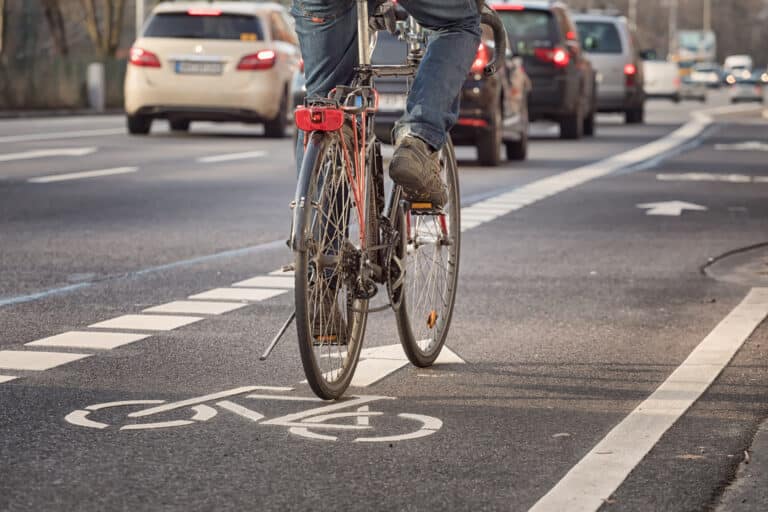Earlier this month, police were on the hunt for a driver who fled the scene after hitting and killing a San Jose man. The victim had been riding an electric unicycle—a motorized one-wheeled device—and he had taken a fall just before being hit by the driver.
Bicyclists are naturally at increased risk for injury accidents, especially when riding on the roads. However, non-traditional or alternative bikes often increase the risk even more. May is National Bike Month—appropriately so because the warmer weather prompts more of us to venture onto the roads with our bikes. It’s an important season not just for promoting bicycle use but also for bringing greater awareness to bicycle safety. Let’s explore a few common non-traditional bikes and the risks they can incur.
Off-Road Bikes
Mountain bikes and BMX bikes are designed for off-road riding. When they are ridden on pavement, the risk for accidents increases largely because the specially treaded tires are not equipped for optimal road traction.
“Penny-Farthing” Bikes (Ordinary)
The “ordinary,” also known as a “penny-farthing,” first emerged in the 1800s and is the original bicycle. There’s a large wheel in front and a small wheel in back, and the rider sits over the large wheel where the pedals are also directly attached. Penny-farthing bikes present a higher risk for injury accidents because the rider is elevated and can’t reach the ground easily if he/she loses balance.
Recumbent Bikes
A recumbent bike refers to any of several bicycle designs where the rider is low to the ground and essentially reclines while riding, pedaling from a practically horizontal position rather than a vertical one. Recumbent enthusiasts really enjoy their bikes, but they can present a higher risk on the roads because they are unexpected in appearance and their low profile makes it more difficult for drivers to see them.
E-Bikes
Bicycles outfitted with battery powered-motors (commonly called “e-bikes”) allow riders to travel faster than they can pedal. E-bikes are especially common in larger cities where they are commonly used for deliveries. Unfortunately, the risk for severe injury is also higher with these bikes for two reasons. First, their smaller frames aren’t designed for faster speeds, so they offer less protection for the rider even than a motorcycle. Second, they tend to move faster than drivers expect them to, so drivers don’t always see them until it’s too late.
Unicycles/Electric Unicycles
Pedaled unicycles have been around for ages, and we’re typically accustomed to seeing them ridden by clowns or trick riders in shows. However, some unicyclists commute with them on the roads, and while they’re a good form of exercise, the increased need for balance and skill also makes them more prone to injury accidents. Electric unicycles, a more recent invention, can be even riskier due to increased speeds.
Even if you’re riding a non-traditional bike, other drivers on the road still must exercise a reasonable “duty of care” to make room for you, and a negligent driver is still legally liable to compensate you if you’re injured in an accident. That being said, proving that a driver was negligent can be trickier with non-traditional bikes because of the unexpected variables. If you’ve been injured in a cycling accident, our experienced personal injury attorneys have the skill and experience to help you recover what you deserve. Give us a call for a free consultation.







